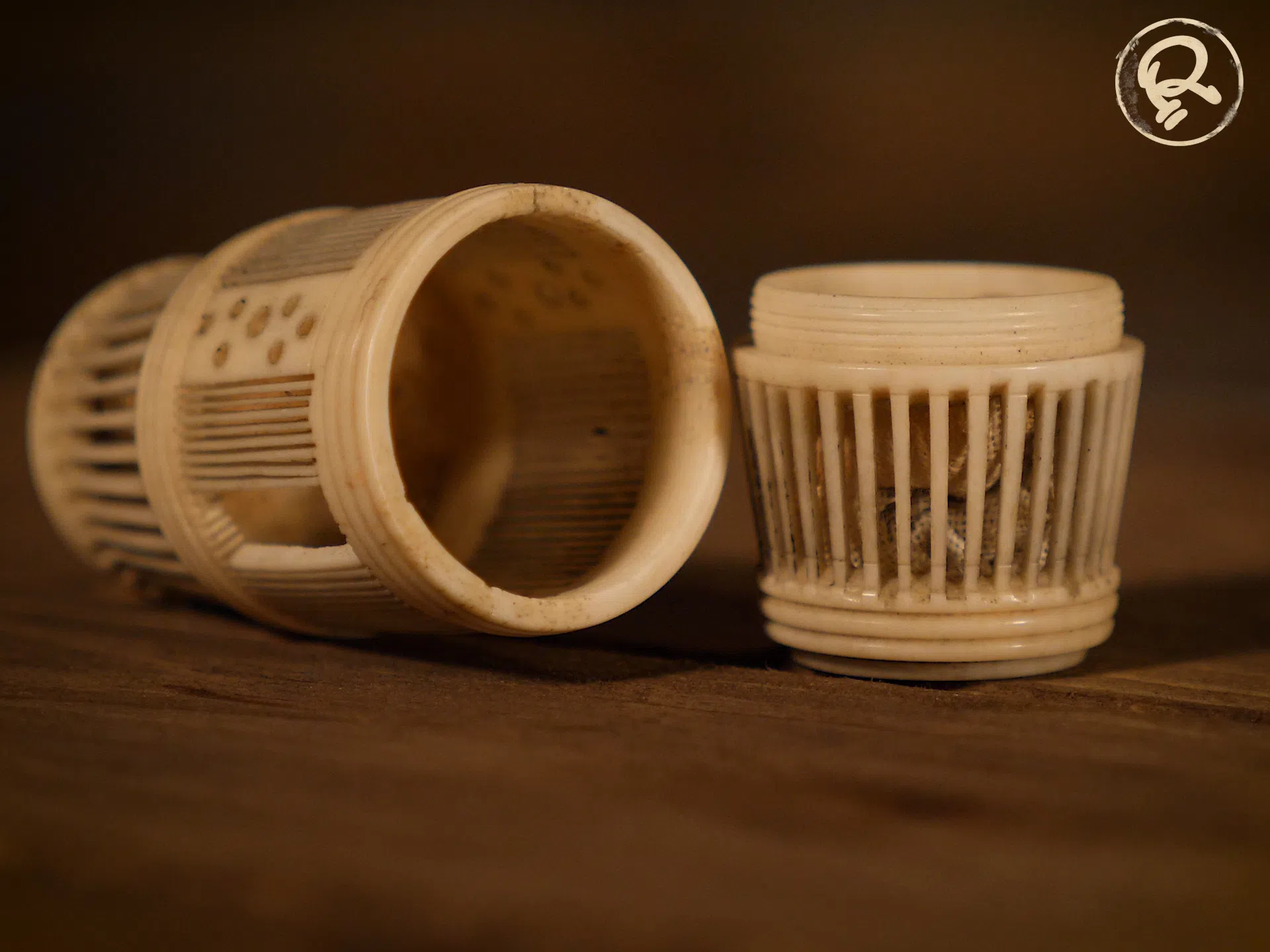
This Ivory Cricket Cage Belonged To A Prized Fighter
Featured in Ripley's Believe It or Not!

Believe it or not, people in China once kept fighting crickets as highly prized pets.
Emerging during the Tang Dynasty more than 1,000 years ago, cricket fighting began its popularity with Emperors before making its way to commoners. Mixed into the busy street sounds of Beijing, the chirping of cricket-fighting rings can still be heard today.






